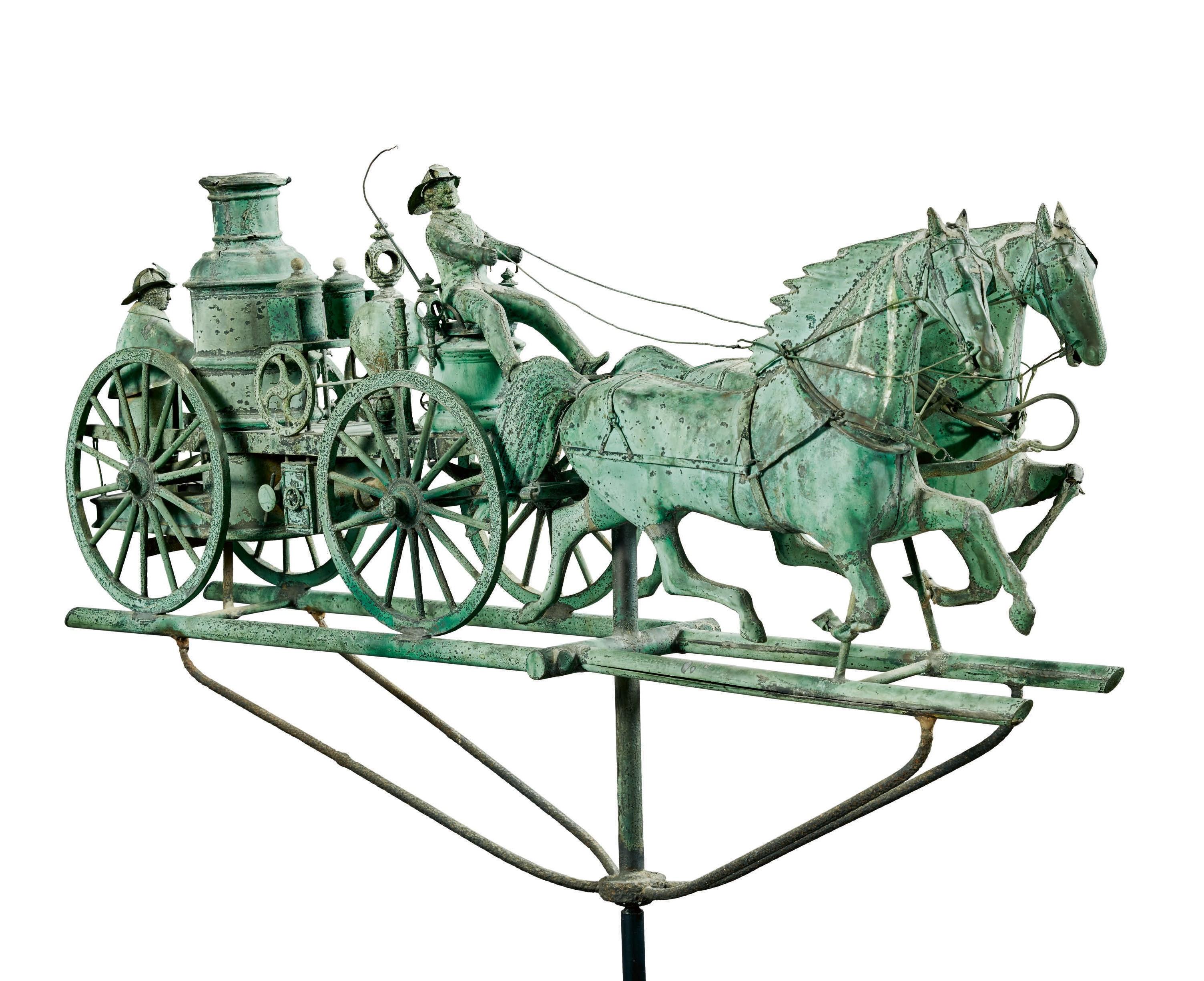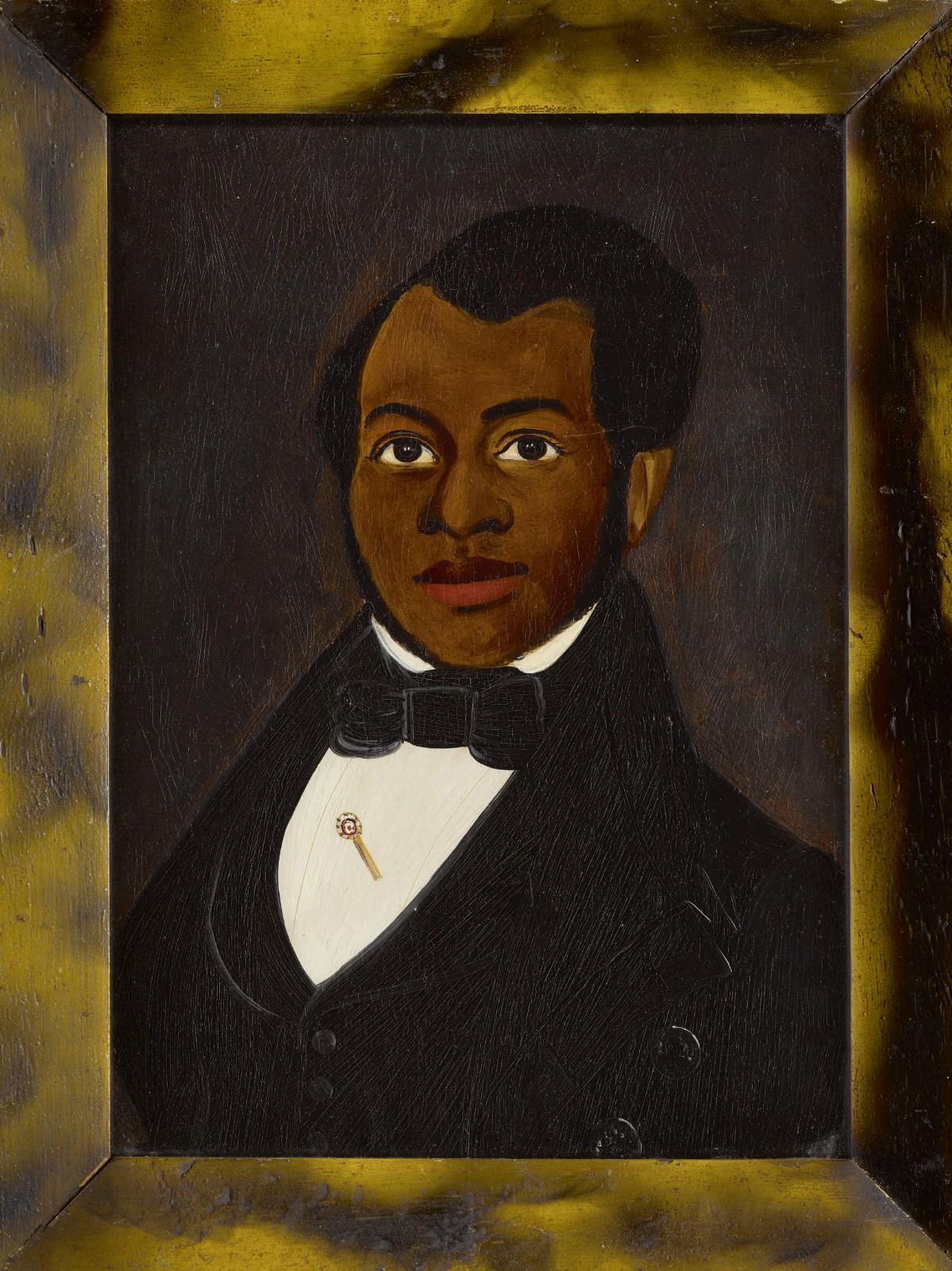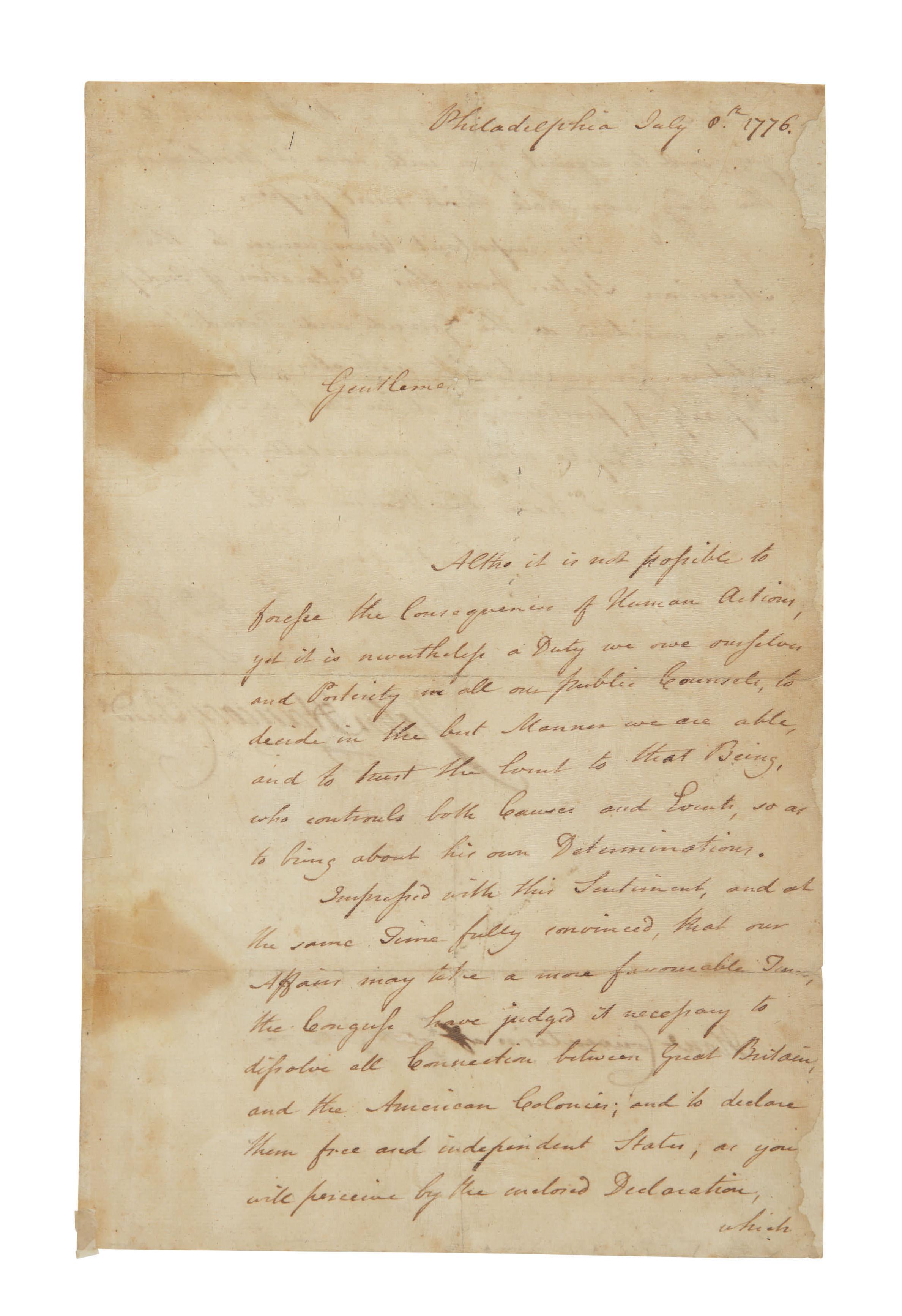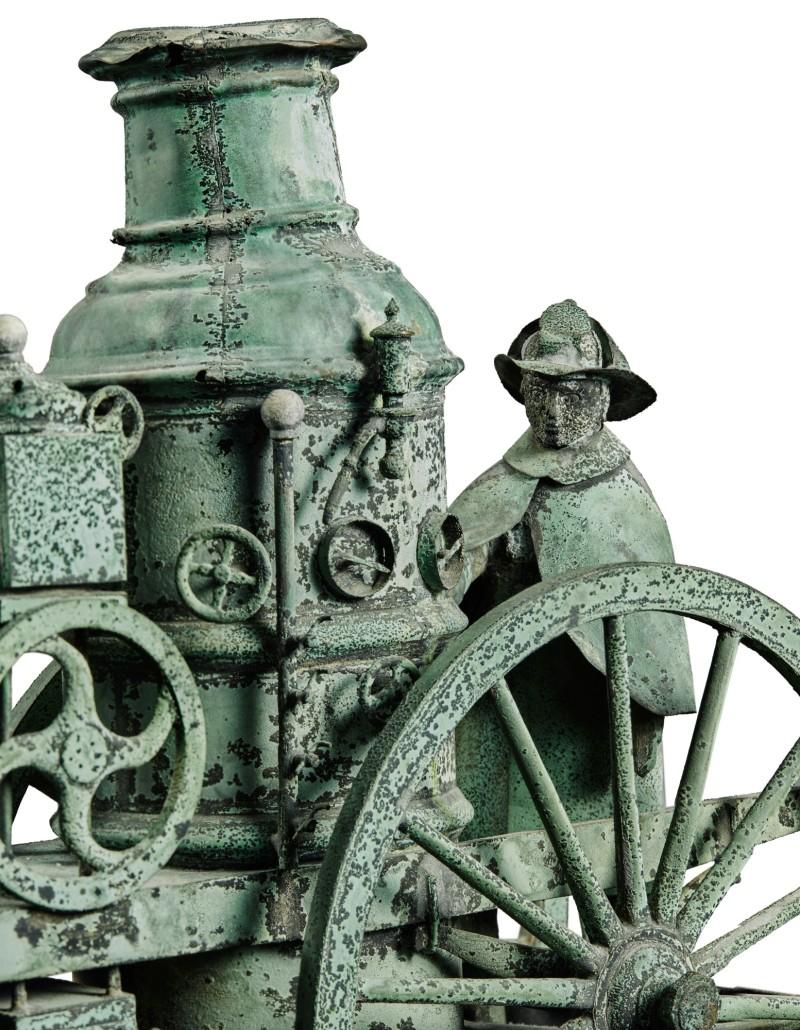Sotheby's Fine Manuscript and Printed Americana sale, which took place on January 27, included a once-in-a-generation rarity: A handwritten letter, dated July 6, 1776 and signed by John Hancock, announcing the adoption of the Declaration of Independence. Estimated at $600,000 to $800,000, it sold for just over $1 million, likely making it the most valuable cover letter in history. “I hadn’t thought of it in those terms, but that is what it is,” said Selby Kiffer, senior vice president at Sotheby’s and an international senior books specialist.
The letter was one of 13 written to accompany printed copies of the declaration, and one of five that still exist. While its destination cannot be narrowed down to one state, it could have been sent to Georgia, Virginia, North Carolina, or South Carolina. The unmistakable signature of John Hancock, then the president of Congress, appears on the second page.
This sale marks the first time that one of the five surviving cover letters has crossed the seven-figure threshold, and the first time one has gone to auction since 1984. That example, which was sold at Sotheby’s and was mailed to New Hampshire, garnered $31,900. “It seems like an enormous gain, but when you contrast it with the rise of the Declaration of Independence, it’s the same ratio of advance,” Kiffer says, noting that early printings of the Declaration of Independence sold for low to mid-six figure sums in the early 1980s, fetched over $8 million the last time a copy went to auction in 2000, and have since commanded double-digit millions in private sales.
































